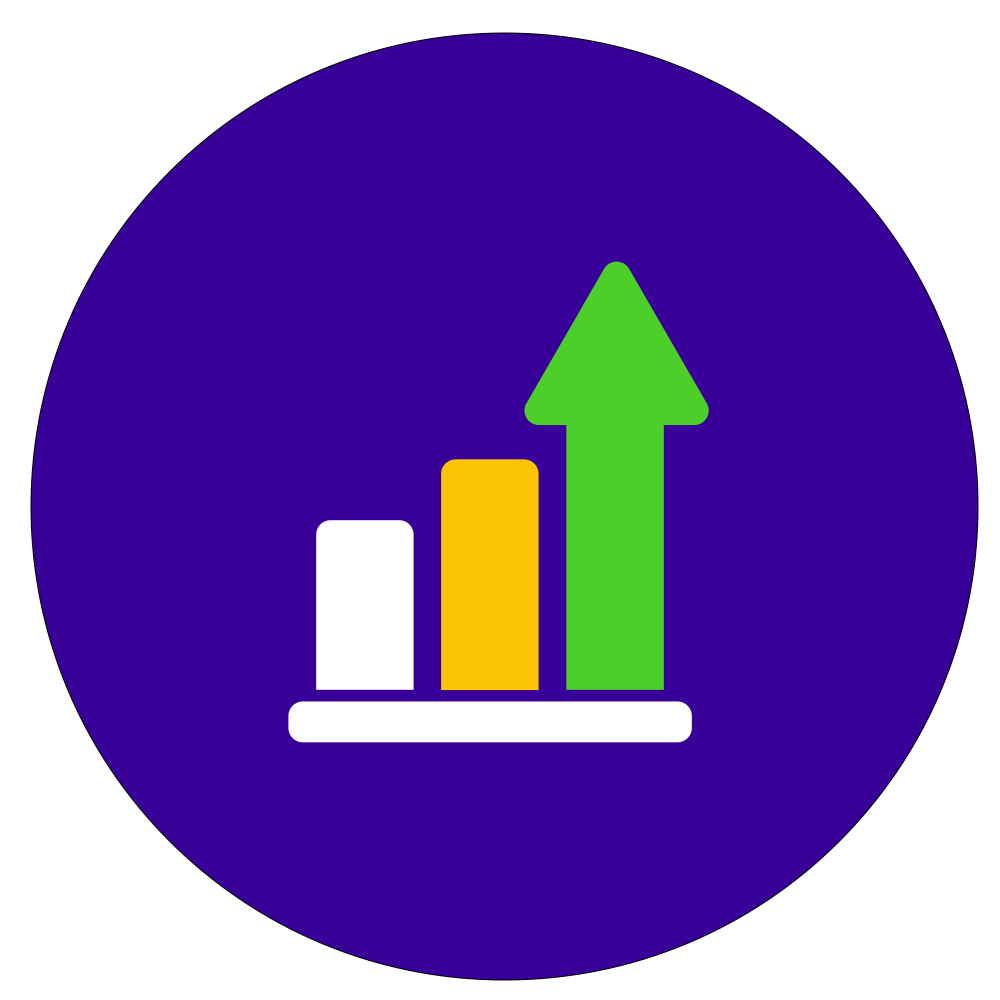Introduction to Go High Level CRM
In today’s competitive market, managing customer relationships effectively is crucial for business success. This is where Go High Level CRM comes into play. Go High Level CRM is a powerful tool designed to streamline your sales processes, automate tasks, and provide valuable insights into your sales performance. In this blog post, we will walk you through five essential steps to boost your sales using Go High Level CRM.
Step 1: Organize Your Contacts Using Go High Level CRM
The first step to leveraging Go High Level CRM is to organize your contacts efficiently. Proper organization ensures that you can quickly access customer information, segment your audience, and tailor your marketing efforts.
- Import Contacts: Start by importing your existing contact list into Go High Level CRM. Make sure all relevant details are included, such as names, email addresses, phone numbers, and any other pertinent information.
- Tagging and Segmentation: Use tags and segmentation features to categorize your contacts based on criteria such as lead status, industry, or geographic location. This allows for targeted communication and personalized marketing campaigns.
- Data Cleanup: Regularly update and clean your contact list to remove duplicates and outdated information. Accurate data is key to effective communication and sales tracking.
By organizing your contacts in Go High Level CRM, you set a solid foundation for your sales and marketing activities.
Step 2: Automate Your Follow-Ups
Follow-ups are a critical component of the sales process. With Go High Level CRM, you can automate follow-up sequences to ensure timely communication with leads and customers.
- Create Automated Workflows: Design workflows that trigger follow-up emails or SMS messages based on specific actions or time intervals. For example, send a welcome email immediately after a lead signs up, followed by a reminder email if there is no response within a week.
- Personalized Messages: Customize your automated messages to make them more personal and relevant to the recipient. Use merge tags to insert the recipient’s name and other personal details.
- Track Engagement: Monitor the performance of your follow-up sequences within Go High Level CRM. Track open rates, click-through rates, and response rates to identify what works best and optimize your strategy.
Automating your follow-ups with Go High Level CRM saves time and ensures consistent communication, increasing the chances of converting leads into customers.
Step 3: Utilize the Sales Pipeline Feature
Go High Level CRM’s sales pipeline feature helps you visualize and manage your sales process from start to finish.
- Set Up Stages: Define the stages of your sales process, such as Lead, Qualified, Proposal, Negotiation, and Closed. Customize these stages to match your specific workflow.
- Move Deals Through the Pipeline: As leads progress through your sales process, move them through the pipeline stages. This helps you keep track of where each lead stands and what actions are needed next.
- Forecast Sales: Use the pipeline to forecast future sales based on the number of deals in each stage and their likelihood of closing. This insight allows you to make informed decisions and allocate resources effectively.
The sales pipeline feature in Go High Level CRM provides a clear overview of your sales activities, helping you stay organized and focused on closing deals.
Step 4: Track Customer Interactions
Understanding customer interactions is vital for building strong relationships and improving sales.
- Log Interactions: Record all interactions with your customers, including emails, phone calls, meetings, and notes. Go High Level CRM allows you to log these interactions manually or automatically sync them from other platforms.
- Review Interaction History: Access the complete interaction history for each contact to understand their journey and preferences. This information is valuable for personalized communication and follow-ups.
- Set Reminders: Use Go High Level CRM to set reminders for future interactions, such as follow-up calls or meetings. This ensures you never miss an important touchpoint.
Tracking customer interactions in Go High Level CRM helps you maintain a detailed record of your relationships, enabling more meaningful and effective communication.
Step 5: Analyze Sales Performance
Regular analysis of your sales performance is crucial for continuous improvement and growth.
- Generate Reports: Use Go High Level CRM’s reporting features to generate detailed reports on sales activities, pipeline status, conversion rates, and more. These reports provide insights into what’s working and what needs improvement.
- Identify Trends: Look for patterns and trends in your sales data. Identify high-performing products, successful marketing campaigns, and areas with potential bottlenecks.
- Make Data-Driven Decisions: Use the insights gained from your analysis to make informed decisions. Adjust your sales strategies, optimize workflows, and allocate resources based on data-driven insights.
By analyzing sales performance in Go High Level CRM, you can continuously refine your approach and drive better results.
Conclusion
Go High Level CRM is a powerful tool that can significantly boost your sales when used effectively. By organizing your contacts, automating follow-ups, utilizing the sales pipeline feature, tracking customer interactions, and analyzing sales performance, you can streamline your processes and achieve greater success. Implement these steps and watch your sales grow with Go High Level CRM.


